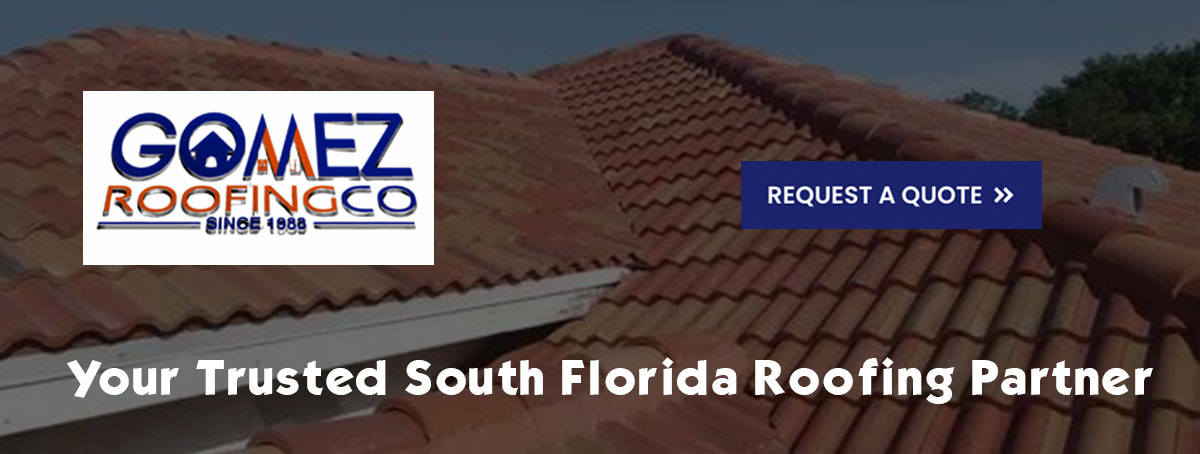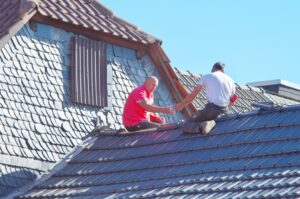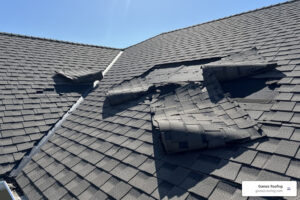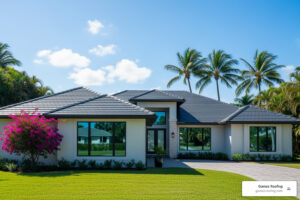Fort Lauderdale Roof Replacement: Ultimate Secure 2025
Why Your Fort Lauderdale Home Deserves a Quality Roof Replacement
A sturdy, well-maintained roof is your home’s first line of defense, especially in the demanding South Florida climate. From intense sun and heavy rainfall to the ever-present threat of hurricanes, your roof protects your family and your most valuable asset. A Fort Lauderdale roof replacement is a significant investment, but it’s one that safeguards your home’s structural integrity, improves its curb appeal, and can even improve energy efficiency.
Quick Guide: Fort Lauderdale Roof Replacement Essentials
- Average Cost Range: $7,000 to $14,000 depending on home size and materials
- Best Materials for Florida: Tile, metal, and architectural shingles
- Typical Timeline: 2-5 days for standard residential projects
- Key Signs You Need Replacement: Roof age over 20-25 years, widespread shingle damage, multiple leaks, or visible sagging
- Financial Assistance: City of Fort Lauderdale offers up to $60,000 in rehabilitation assistance for qualified homeowners
- Required: Building permits and inspections per Florida Building Code
Your roof does more than keep rain out. It protects your family, your possessions, and your property value. It also plays a major role in your home’s energy efficiency. A failing roof can lead to water damage, mold growth, structural deterioration, and significantly higher cooling costs.
The stakes are even higher in Fort Lauderdale. Hurricane season brings intense winds and driving rain that can exploit even minor roof weaknesses. The relentless sun degrades roofing materials faster here than in most other parts of the country. And the humidity creates ideal conditions for mold and algae growth that can shorten your roof’s lifespan.
Whether you’re dealing with an aging roof that’s reached the end of its service life, recovering from storm damage, or simply want to upgrade to more durable and energy-efficient materials, understanding the roof replacement process helps you make informed decisions.
I’m Filip Roegies, Chief Executive Officer of Gomez Roofing, and I’ve spent over 23 years helping South Florida property owners protect their investments through quality roofing solutions. Our team specializes in Fort Lauderdale roof replacement projects that withstand our demanding climate while enhancing property value and energy efficiency.
When to Replace vs. Repair Your Fort Lauderdale Roof
Every homeowner faces this question eventually: can we patch this up, or is it time for a complete replacement? It’s not always an easy call, and I won’t pretend it is.
The truth is, the answer depends on what your roof is telling you. A few missing shingles after a storm? That’s usually repairable. But when you’re dealing with widespread damage, an aging roof, or multiple problem areas, repairs often become like putting a bandage on a broken bone—they might cover the problem temporarily, but they won’t fix what’s really wrong.
In Fort Lauderdale’s demanding climate, this decision becomes even more critical. Our intense sun, heavy rainfall, and hurricane threats don’t give failing roofs much mercy. What starts as a small repair need can quickly escalate into something much more serious if the underlying issues aren’t addressed.
At Gomez Roofing, we never push homeowners toward unnecessary replacements. Our team will give you an honest assessment of your roof’s condition and help you understand whether a repair makes sense or if it’s time to invest in a full Fort Lauderdale roof replacement. We’ve seen too many situations where delaying the inevitable only made things worse—and more expensive. You can learn more about how we approach both options on our Residential Roof Repairs and Replacements page, or explore our comprehensive Roof Installation and Repair services.
Telltale Signs You Need a Full Replacement
Some roof problems announce themselves loudly. Others are quieter but just as serious. Here’s what we look for when determining whether your roof has reached the end of its service life:
Your roof’s age is the first big clue. Most asphalt shingle roofs last about 20 to 25 years in our climate. If your roof is approaching or past this milestone, even if it looks decent from the street, its ability to protect your home is likely compromised. The materials have been baking under the Florida sun and weathering storms for decades—they’re tired.
Widespread granule loss is another major red flag. Those little granules on asphalt shingles aren’t just decorative—they shield the asphalt from UV damage. When you start seeing bald patches on your roof or finding piles of granules in your gutters, your shingles are essentially losing their sunscreen. They’ll deteriorate rapidly from this point.
Curled or cracked shingles mean your roof is literally falling apart. Shingles curl up at the edges or in the middle when they dry out and lose flexibility. Cracks appear as they become brittle. Both conditions leave your roof vulnerable to wind uplift and water infiltration, especially dangerous during hurricane season.
Multiple leaks in different areas tell a clear story: your roof isn’t just failing in one spot, it’s failing everywhere. While we can certainly repair a single leak, multiple leaks indicate system-wide deterioration that repairs can’t adequately address.
Severe storm damage sometimes makes the decision for you. Fort Lauderdale sees its share of intense weather, and a roof that’s taken a beating from high winds, hail, or falling branches may have hidden damage beyond what’s visible. Even if only part of the roof looks damaged, the impact forces can compromise the entire structure.
A sagging roof deck is an emergency. If you notice any dips, sags, or low spots in your roofline, don’t wait. This indicates serious structural problems—usually rotted decking or damaged support beams from long-term moisture exposure. This requires immediate professional attention and almost always means replacement.
If you can see daylight through your roof boards when you’re in the attic, you’ve got holes. Where light gets through, so does water, wind, and pests. This is a clear sign your roof deck has failed.
Look around your neighborhood too. If homes built around the same time as yours are all getting new roofs, take note. Subdivisions are often roofed in the same timeframe with similar materials, which means they age at similar rates. When your neighbors start replacing their roofs, yours is probably due as well.
The Risks of Delaying Replacement
I understand the temptation to put off a roof replacement. It’s a significant investment, and if the problems aren’t obvious from inside your home, it’s easy to think “maybe next year.”
But in Fort Lauderdale, delaying a necessary Fort Lauderdale roof replacement rarely saves money. Our climate is too aggressive, and a failing roof deteriorates quickly here.
Water damage starts small but spreads fast. What begins as a tiny leak can damage ceilings, walls, flooring, and everything you’ve stored in your attic. Water follows paths you can’t predict, so damage often extends far beyond where you first notice it.
Structural rot is even more serious. When wood framing stays wet, it rots. Your roof deck, rafters, and even wall framing can deteriorate, compromising your home’s structural integrity. These repairs are extensive and expensive—far more than replacing the roof before it reached this point.
Your insulation suffers too. Wet insulation is useless insulation. It loses its ability to regulate temperature, forcing your air conditioning system to work overtime. In Fort Lauderdale’s heat, this translates to dramatically higher energy bills month after month.
Compromised roofs invite unwanted guests. Gaps and holes are open doors for rodents, insects, raccoons, and other pests. Once they’re in your attic, they cause additional damage and create health hazards for your family.
Mold and mildew thrive in our humidity, and they absolutely love a damp attic. Beyond the musty smell and surface damage, mold can trigger respiratory problems and allergic reactions. It’s a health issue, not just a cosmetic one.
Your home’s value takes a hit with a visibly failing roof. Potential buyers will either walk away or demand significant price reductions. Many won’t even consider making an offer until the roof is replaced—and they’ll want you to pay for it through a lower sale price.
The bottom line? Addressing roof problems promptly protects your family, your belongings, and your investment. At Gomez Roofing, we’re here to help you make the right decision at the right time—not too early, but definitely not too late.
Choosing the Best Roofing Materials for Florida’s Climate
Choosing the right roofing material for your Fort Lauderdale home is paramount. Our climate demands materials that can withstand intense heat, high humidity, strong winds, and heavy rainfall. At Gomez Roofing, we understand these challenges and offer custom solutions that prioritize longevity, durability, and aesthetics.
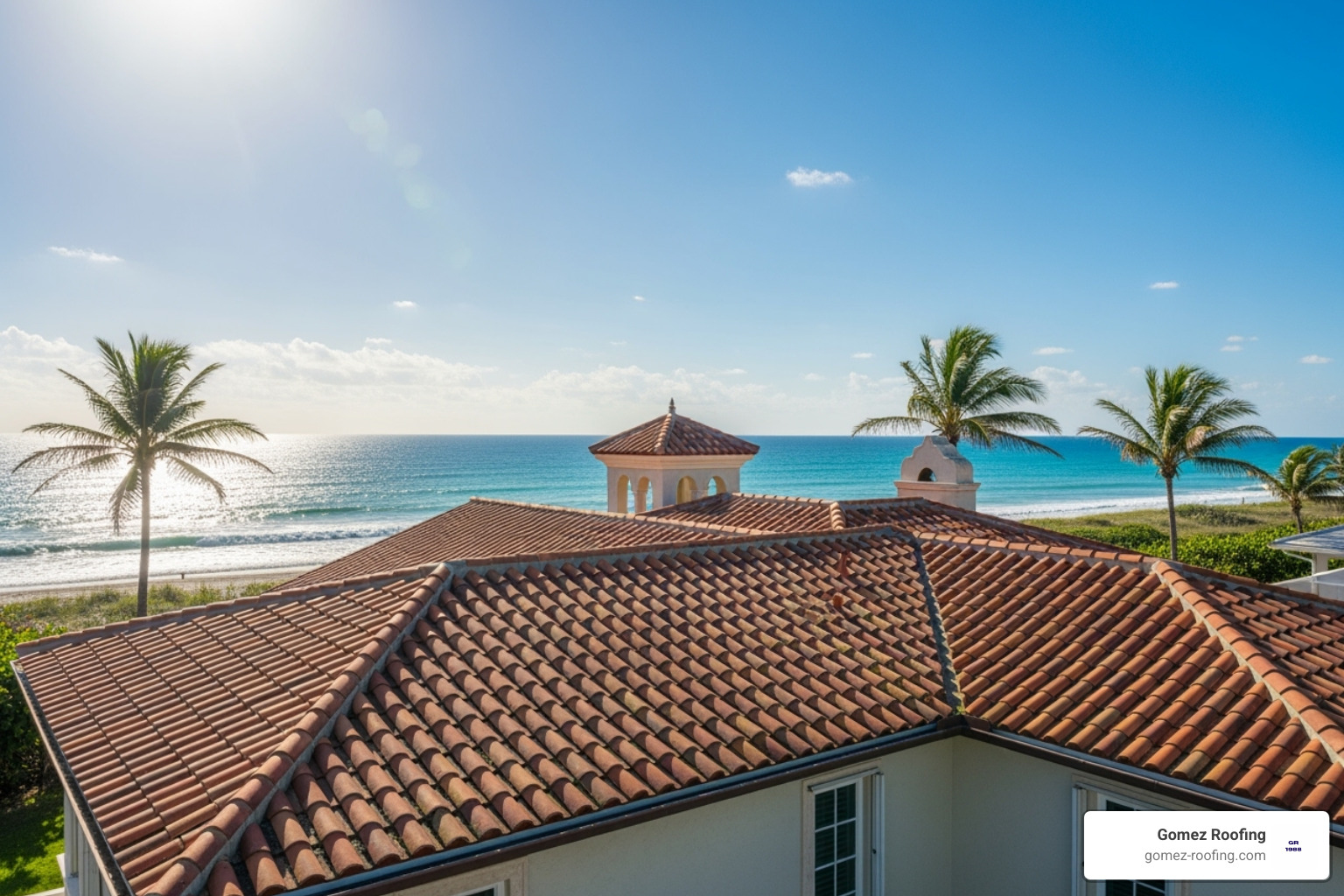
When selecting materials, we consider several critical factors:
- Heat Resistance: Materials that reflect sunlight or are naturally insulating help keep your home cooler and reduce energy consumption.
- Wind Resistance: Given our hurricane season, materials with high wind uplift ratings are non-negotiable to protect against storm damage.
- Humidity Tolerance: Materials that resist mold, mildew, and moisture absorption are vital in our subtropical environment.
- Longevity: Investing in materials that offer a long lifespan means fewer replacements and better long-term value.
- Aesthetics: Of course, the roof should also complement your home’s architectural style and improve its curb appeal.
Here’s a comparison of the most suitable roofing materials for the Fort Lauderdale climate:
| Material Type | Cost (Relative) | Lifespan (Years) | Pros for Fort Lauderdale
| Tile | Medium | 50-75 years | Extremely durable, excellent heat reflection, hurricane resistant, low maintenance, wide variety of styles. The user wants me to continue writing an SEO article about “Fort Lauderdale roof replacement”.
I need to follow the provided outline, using the given H2 and H3 headings.
I must incorporate relevant research, statistics, insights, and opinions.
The tone should be simple, clear, warm, and professional, using first-person plural (“we”, “us”, “our”).
I must avoid mentioning competitors.
I need to ensure the article flows naturally from the provided introduction.
I also need to include specific internal and external links as specified in the outline, and ensure I’m using the correct syntax for images/infographics.
The target word count is around 2500 words.
Let’s break down the next section: “When to Replace vs. Repair Your Fort Lauderdale Roof” and its sub-sections.
Section: When to Replace vs. Repair Your Fort Lauderdale Roof
- Main Idea: Explain the decision-making process between repair and replacement.
- Research points to include:
- “When should I pay for roof replacement services?” – Answer: “When you notice large problems with your roof, or if you’ve let numerous problems fall to the wayside. Severe water leakage, visible cracks, and a history of unaddressed issues are primary indicators.”
- “Signs that indicate a roof needs replacement rather than repair?” (Key Question)
- “Address roof problems immediately to avoid further issues and higher costs.”
- Gomez Roofing Integration: We can offer our expertise in assessment and guidance.
- Internal Links: Residential Roof Repairs and Replacements, Roof Installation and Repair
Sub-section: Telltale Signs You Need a Full Replacement
- Main Idea: List specific indicators for replacement.
- Outline points: Age of roof; Widespread granule loss; Curled or cracked shingles; Multiple leaks; Storm damage severity; Sagging roof deck; [LIST] of critical warning signs; Water damage in attic; Extensive mold or moss growth; Roof age exceeding 20-25 years; Neighbors getting new roofs
- Research points to include:
- “Q: When should I pay for roof replacement services? A: When you notice large problems with your roof, or if you’ve let numerous problems fall to the wayside. Severe water leakage, visible cracks, and a history of unaddressed issues are primary indicators.”
- “Asphalt shingles typically last around 20 years.”
- Fort Lauderdale context: Emphasize how these signs are exacerbated by the local climate (e.g., hurricane impact, humidity for mold).
Sub-section: The Risks of Delaying Replacement
- Main Idea: Explain the negative consequences of not replacing a failing roof.
- Outline points: Interior water damage; Structural rot; Compromised insulation; Higher utility bills; Pest infestations; Reduced property value
- Research points to include:
- “Address roof problems immediately to avoid further issues and higher costs.”
- “Water leakage can damage ceilings and walls if not fixed promptly.”
- Fort Lauderdale context: Link risks to local conditions (e.g., mold from humidity, structural damage from storms).
I will ensure a smooth flow between paragraphs and sections, maintaining the specified tone. I will also keep an eye on the word count.
Let’s draft the first major section.

